Installation of indirect heating boiler
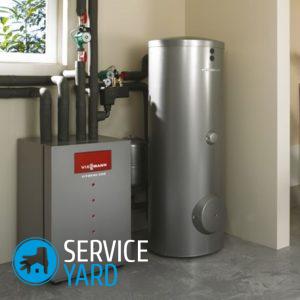
Comfortable living in a private house or in a country cottage cannot be imagined without uninterrupted supply of hot water. Help to accomplish the task: instantaneous heating device, double-circuit boiler or storage boiler. However, all these devices have a lot of disadvantages, therefore, if your house has a heating boiler, but there is no hot water, the indirect heating boiler (BKN) will ideally complement the existing heating device and provide hot water for all household and household needs. The device is so simple that you can even make it yourself, and the principle of operation allows you to integrate it into any type of heating system. It remains only to figure out how to install the indirect heating boiler, since its performance and thermal power directly depend on the correctly selected connection scheme. In the article, we will consider not only the advantages and disadvantages of BKN, but also dwell on some options for installing it.
to contents ↑How is an indirect heating boiler arranged?
The principle of operation of the device is based on heat transfer. The design of the BKN consists of two circuits: one of them is connected to the heating boiler, and the other to the water supply. The water in the boiler is heated by the constant circulation of hot working fluid inside the heat exchanger circuit.
Important! The boiler is equipped with a thermostat with a control system and a temperature sensor to increase energy efficiency and process control. A switching unit allows the BKN to work with high-tech heating devices.
Boiler Advantages:
- Independence from electricity and gas supply. The boiler is directly connected to the boiler, so it does not use any additional energy.
- High efficiency at low cost.
- The ability to connect any number of consumers.
- Long service life. Thanks to the thoughtful design, the boiler can serve 10-15 years.
- Universality. The unit can be used not only with a heating boiler, but also with other heat sources.
- Security. The principle of operation and design of the BKN eliminates contact of water with the coolant.
- The possibility of arranging an inexpensive recycling system. Due to the fact that the device provides for recirculation, the water heats up instantly: as soon as you turn the valve at any point of the intake, hot water will immediately pour.
Minuses
But like all household appliances, the boiler has its drawbacks:
- The primary heating of the water lasts more than 1.5 hours.
- The dimensions of the device are such that a separate room is needed for its installation.
- The high cost of BKN. The price of a boiler is higher than for conventional gas and electric water heaters.
- The need for additional investment when installing an indirect heating boiler.
System selection
When choosing a boiler, you should pay attention to such criteria.
Scope and installation method
Depending on the volume and location, water heaters are divided into:
- Floor standing. The tank is large, it is prudently installed on the supporting elements. The volume of the floor heater can be from 200 to 1500 liters.
- Wall mounted. Small boilers are installed next to the boiler on the mounting brackets.The volume of wall-mounted BKN is from 30 to 200 liters.
Important! Are you planning to place the boiler on a wall sheathed with drywall? To carry out this work you need to know some nuances. Detailed information can be found in our article. "How to hang a water heater on drywall".
Heat exchanger power
This parameter is selected based on whether the heating system will be connected to this equipment, how many people live in the family. The choice of device power also depends on the area of the house and on the number of points of water intake.
Device size and shape
The choice of tank size BKN depends on the following factors:
- Useful fluid flow.
- The number of connected consumers.
- Number of installed plumbing fixtures (faucets, bathtub, toilet bowl)
Advice:
- To calculate the required tank volume, consider the flow rate of water per person - up to 90 liters. It should be taken into account that the flow rate of the coolant (water) should not exceed 35-38% of the total volume of water passing through the boiler.
- Since the power of the BKN is limited, in some cases it may be necessary to use several heating tanks, for example: one for heating, the other for the uninterrupted supply of hot water.
- Some models of the boiler are equipped with heating elements, which makes it possible to use these devices in the warm season as a conventional accumulative electric water heater.
to contents ↑Important! The use of any household appliances should be safe for human life and health. When installing a boiler with a heating element in rooms with high humidity, you should carefully study the issue of installing electrical outlets in them. In solving this problem, our article will help you. "Outlets in the bathroom".
Installation scheme for indirect heating boiler
There are 4 main connection schemes for BKN:
- Connection via a three-way control valve.
- Hydraulic circuit (with two pumps).
- Way of the hydraulic arrow.
- Recirculation method.
Before proceeding to the description of the installation schemes for the indirect heating boiler to the heating system, we will introduce you to the basic principles of the correct operation of the device:
- Cold water is necessarily supplied from below, and the outlet of the heated liquid is carried out through the upper pipe.
- Water must move from top to bottom for convection.
- The recirculation point should be in the central part of the tank.
- The lower point of the boiler should be lower than the upper location of the boiler and radiators.
Important! Following the above principles, you can achieve maximum efficiency and increase the efficiency of the boiler.
Boiler installation diagram using a three-way valve
This method is used when tying a single-circuit boiler and BKN. The connection diagram is suitable for both wall-mounted and floor-standing appliances.
Features of the installation scheme of an indirect heating boiler with a three-way valve:
- To use this method, the following elements are needed: a circulation pump, which will move the cooled water from the DHW line to the water heater and expansion tank.
Important! The expansion tank cannot be used for the heating system, since it can withstand temperatures up to 70 degrees, and in the heating system the temperature of process water can reach 120 degrees.
- For the correct operation of the circuit, you need to fine tune the thermostat. If the maximum temperature of the water in the water heater exceeds the temperature of the liquid in the heating circuit, only the water in the water heater will heat up, and the queue will not reach the heating system, since the maximum level of the liquid temperature in the boiler will never be reached.
- This scheme is mainly used for increased consumption of hot water. When arranging a separate heating circuit for connecting a heat exchanger, maximum performance can be achieved.
Important! If there is hard water in your area, then use the single-circuit boiler + BKN circuit with a valve, because the internal parts and components of the double-circuit boiler break very quickly during prolonged contact with very hard water.
The essence of the method of using a three-way valve:
- The main one in the “boiler-water heater” pair is the boiler.
- When the water temperature is below the threshold value, a signal comes from the thermostat and the valve opens, directing fluid flows from the boiler to the heat exchanger.
- After heating the water in the boiler, a three-way valve redirects the working fluid to the main heating branch or DHW. Moreover, the hot water system has priority.
Dual circulation pump system
The hydraulic connection method is an improvement on the valve circuit, since a separate pump is now responsible for the movement of fluid in each circuit. Due to this, the installation of a three-way valve is simply not needed. The boiler and boiler are mounted in parallel, and the interaction between them is provided by pumps. Moreover, the circulation device of the heater branch is mounted up to the point of the pump insert for the boiler, due to this the priority remains on the boiler circuit.
Important! To avoid contact between the two fluid flows, a check valve after each pump is required.
The essence of the hydraulic method:
- Pump control is provided by the temperature sensor of the water heater.
- When the hot water line is activated, the heating system is turned off.
- The water heats up to a maximum temperature very quickly (20-40 minutes), after which the heating line switches on.
- During the period of heating the water, the temperature of the batteries does not have time to drop to a critical point.
Important! If the system in your house has two heating units, then the hydraulic circuit for installing an indirect heating boiler will be very convenient in such a bulky system. In this case, the additional boiler will periodically switch to work with a boiler.
Hydraulic Arrow Way
In multi-circuit heating, a hydraulic distributor is used in conjunction with pumps to balance fluid flows. This method is relevant if you need to heat a significant area (more than 80 sq.m) and the heating system is highly branched, that is, consists of several independent circuits: underfloor heating, radiators, hot water supply. The hydraulic arrow in this case allows you to equalize the pressure and flow rate of water in all circuits.
The use of recirculation when installing a boiler
The main advantage of BKN in comparison with an electric boiler is the possibility of recirculation of hot water. In other words, hot water constantly moves along a separate circuit connecting the boiler and the water intake points. Due to this, there is no need to drain cold water every time you turn on the tap. However, the recirculation method is possible only if the manufacturer has provided in the boiler a separate third inlet through which the liquid will be recirculated.
To implement the recirculation system, the following elements are required:
- Non-return valve that prevents hot water from entering the system with cold liquid if the pressure in the unit is high.
- A safety valve that protects the boiler from damage due to pressure surges.
- Automatic air vent. It is necessary to remove air in the system.
- An expansion tank that will stabilize the pressure in the hot water system with the valves closed.
Installation of indirect heating boiler
Installation of an indirect heating boiler must be carried out according to the manufacturer's instructions. Wall-mounted devices should be hung on the wall, and floor-mounted devices should be placed on the floor.
Important! The installation of BKN is no different from the fastening of a conventional electric water heater, the only but very important point is that the inlet and outlet pipes for supplying and discharging the coolant should be directed towards the boiler. Otherwise, the boiler piping will turn out to be a “curve”, which will affect the performance of the system.
Most BKNs are designed to be connected to a water supply system with a working pressure of not more than 6 bar, otherwise, installation of a reduction unit is necessary.
Important! For mounting the wall-mounted version of the boiler, the base for fastening should be the supporting wall of the building.
The rest of the installation of the boiler is performed according to the following algorithm:
- Determine the location of the boiler. The most successful will be the site near the boiler at a distance of 50 cm from the floor. Mark the mounting points of the boiler.
- Turn off the water supply to the entrance to the house (apartment).
- Secure the boiler in a suitable place.
- Install three-way and non-return valves or circulation pump.
- Connect two pipes to the boiler heating system, and two to the hot water system.
- Install the boiler safety group and shutoff valves at the input and output of the BKN.
- Tie in hot and cold water piping.
- Supply water to the system and check its performance.
to contents ↑Important! When connecting a water heater, pay special attention to sealing the connections. Use tow and special paste for this purpose.
Installation Secrets
To avoid mistakes when installing the water heater, follow the advice of specialists:
- Install the boiler as close to the boiler as possible. When wall mounted, the bottom of the BKN should be above the upper plane of the heating device.
- Proper installation of the boiler involves not only installing the unit in accordance with all GOSTs, but also setting it up in accordance with all the manufacturer's recommendations. It is important to follow the rule that the boiler setting temperature exceeds the thermostat setting value. Otherwise, the boiler will not switch to work with the heating system.
- When installing a water heater, it is very important not to confuse the flow direction of the coolant in the BKN. If this requirement is not met, boiler productivity decreases and energy costs increase. If the circulation pump is improperly connected, an increased noise level may appear, which will lead to a decrease in the service life of the device.
- Be sure to install a check valve on the supply line, otherwise - the heated water will freely flow back into the water supply.
- Do not save on the installation of valves. Install it on the liquid inlet and outlet section, as well as on the coolant. This will make it possible to dismantle the device without blocking the water supply to the house, and without draining the liquid from the system.
- It is strictly forbidden to install a check valve instead of a safety device, as this is unsafe. After installing the boiler, be sure to check the operation of the safety valve, since your safety depends on the health of this element.
- Indirect heating boiler must be earthed to avoid electric shock. When using a combined BKN, it is necessary to install an additional protective shutdown device.
- It is better to connect the unit to the network with a separate line, while using additional batch switches.
Stock footage







We hope that our advice and recommendations have helped you install an indirect heating boiler, as a result - your house will always now have the necessary amount of hot water with a minimum of energy consumption!


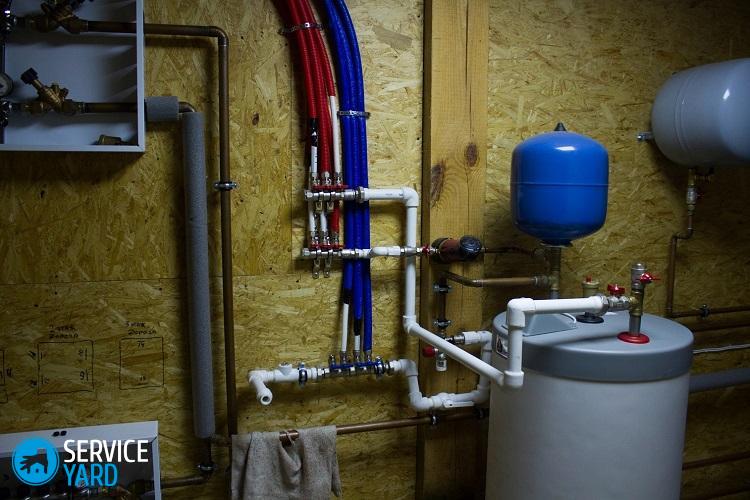

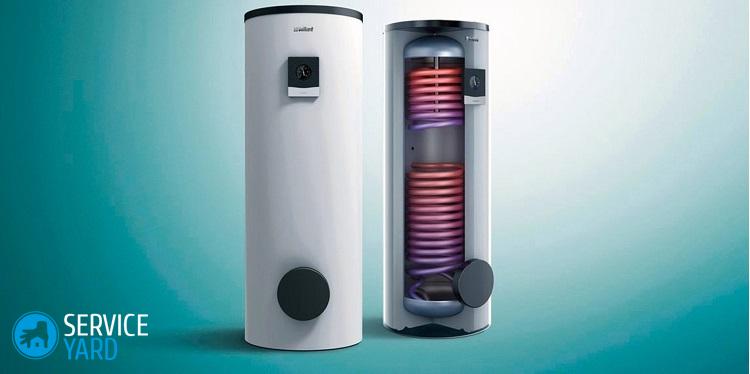
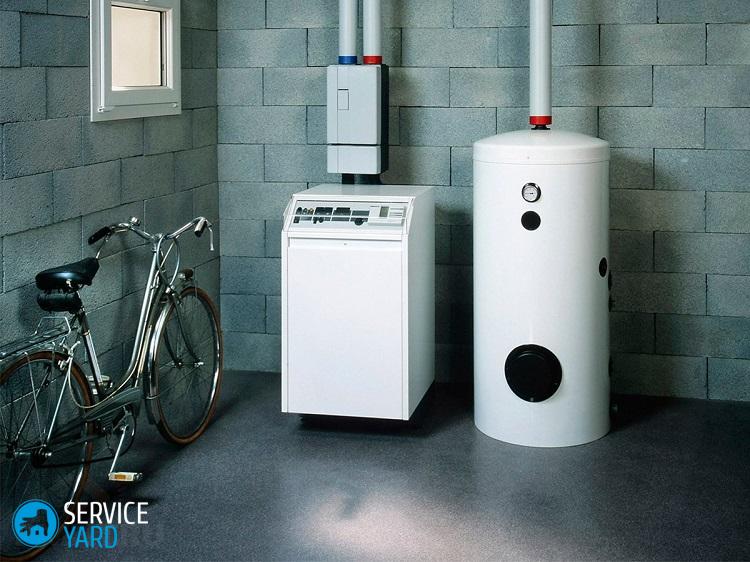
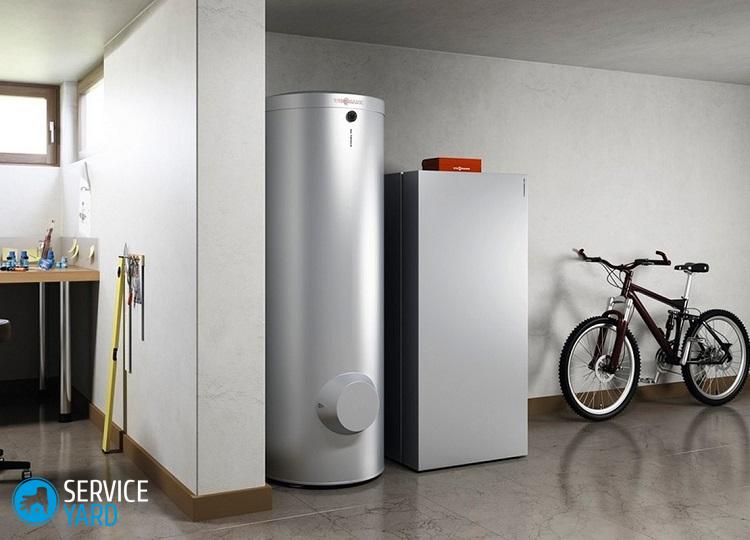
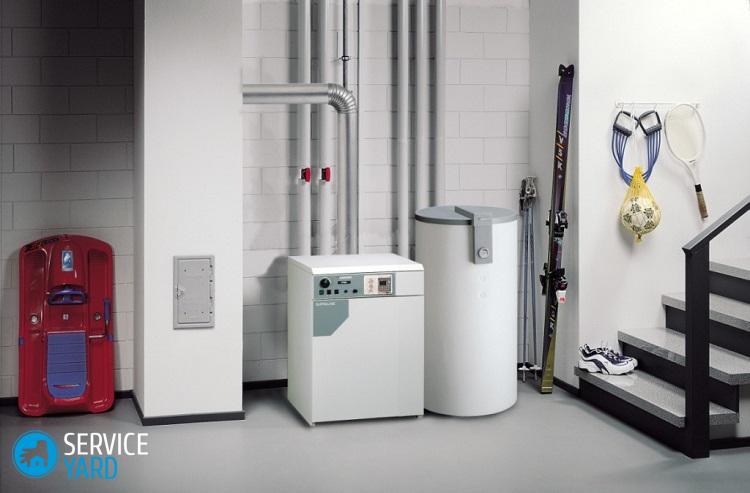
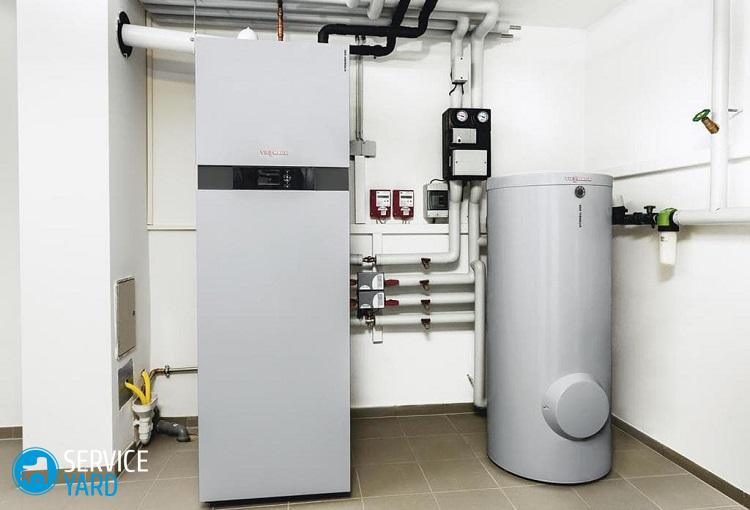
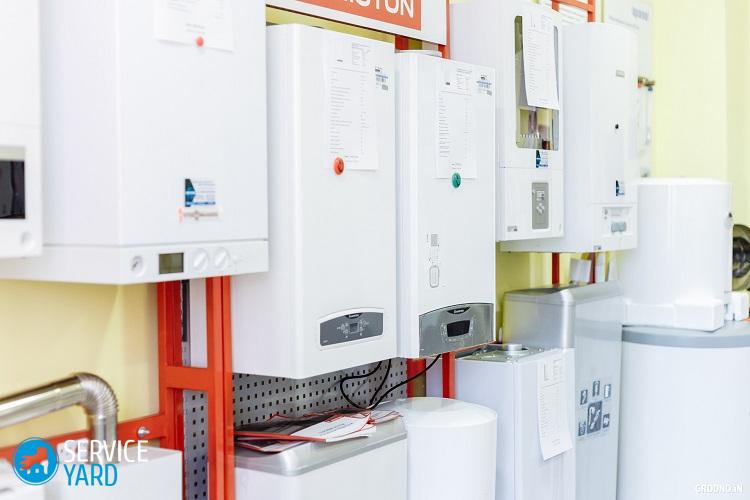
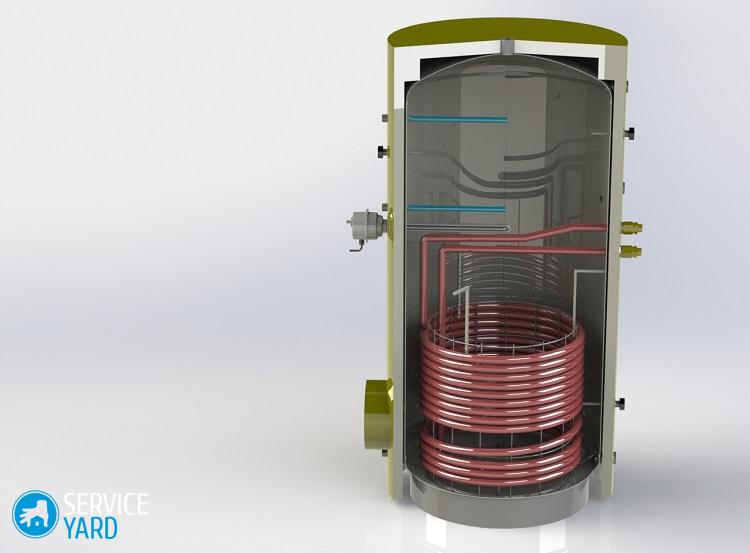
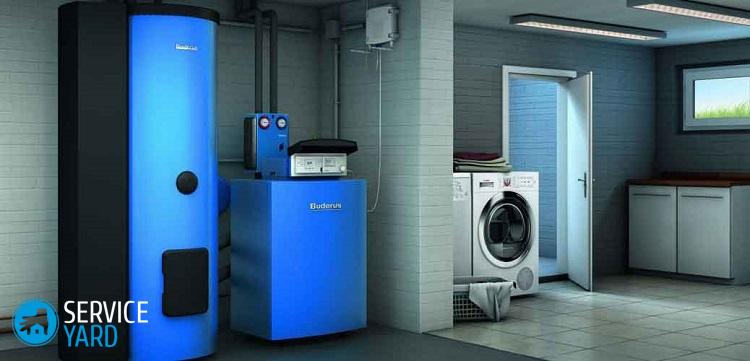
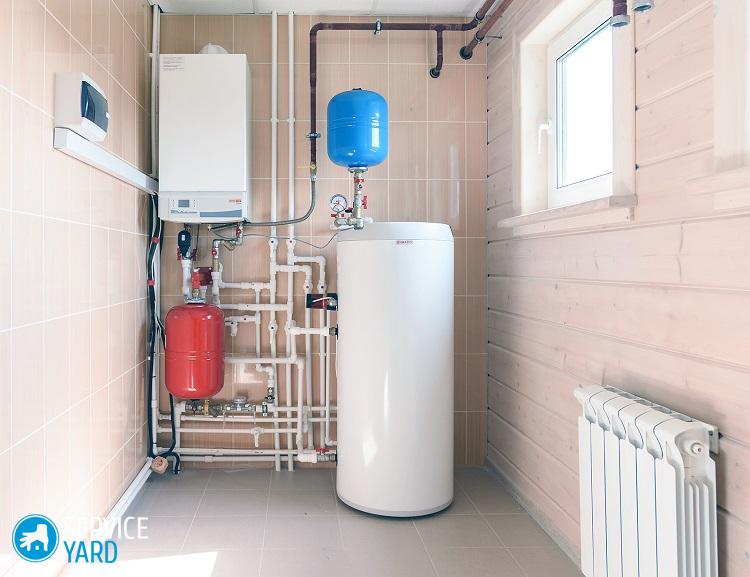
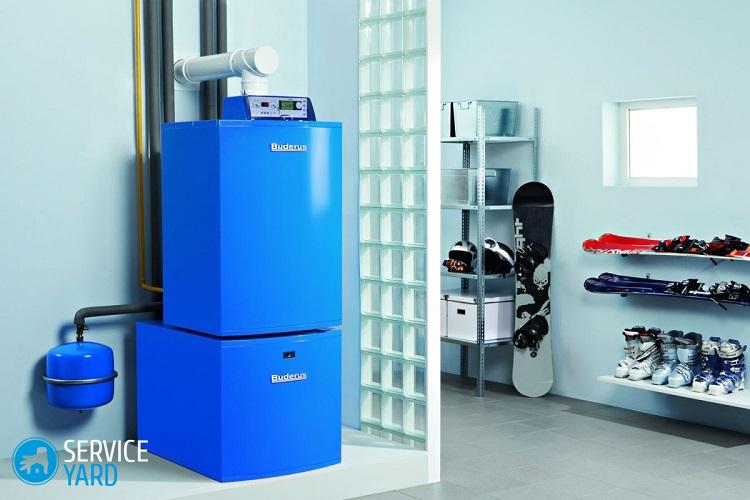
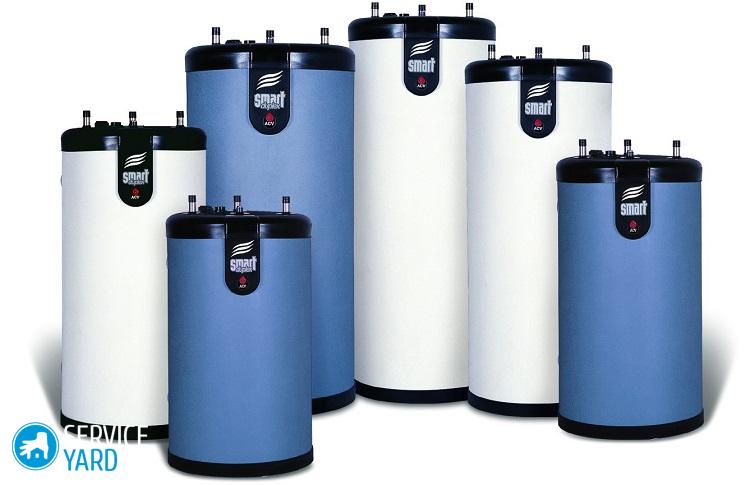
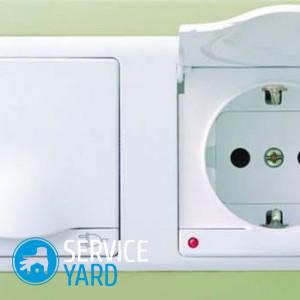
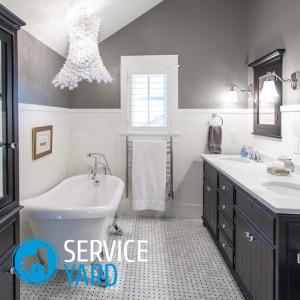
Report typo
Text to be sent to our editors: